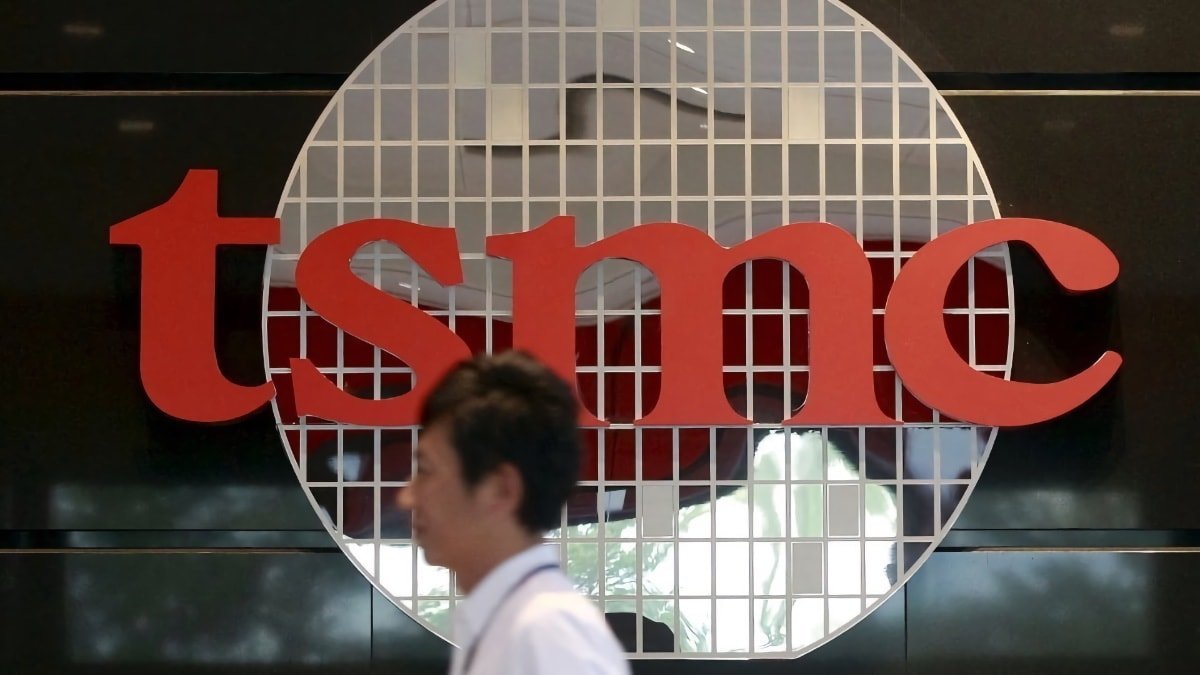Following CHIPS act funding, Apple’s iPhone processor manufacturer TSMC has continued its Arizona investment with the company breaking ground on a third chip fabrication facility.
Five years after it first announced plans to build one processor plant in Arizona, TSMC has now begun work on its third, benefiting from funding it got from the CHIPS Act signed in 2022.
President Trump now vocally opposes the CHIPS Act, despite setting up a new monitoring framework for it. Commerce secretary Howard Lutnick was nonetheless on hand to credit Trump with the new factory.
“We are at TSMC Arizona to celebrate the return of American manufacturing,” said Lutnick in a statement. “President Trump’s bold leadership and clear direction are driving companies and jobs back to this country at a record pace.”
The new plant is part of a $100 billion investment that TSMC will make over the next four years. According to the White House, the investment is expected to create 40,000 construction jobs over that period, as well as tens of thousands of technology jobs.
When it is finished, the new plant will make processors for a range of firms, including Nvidia, AMD, and Apple.
“We’re proud to support the high-skilled American jobs of tomorrow,” commented Apple’s Tim Cook. “As TSMC Arizona’s first and largest customer, we’re excited for the future of American innovation and the incredible opportunities it will create.”
It’s not possible, however, for any of TSMC’s plants to make processors for the latest iPhones. Under Taiwanese law, only older processors can be manufactured outside of the country.

Arizona chips must be sent back to a TSMC plant like this in Taiwan for finishing — image credit: Taiwan Semiconductor Manufacturing Co., Ltd.
In late 2024, CNBC reported that this meant the Arizona plants were producing 4-nanometer processors. While it’s technically possible that the M2 processor could be made in these facilities, Reuters specifies that the plants are making the A16 chip.
The A16 is an iPhone processor that is two generations behind the latest model. It’s used in the base models of the iPhone 14 and iPhone 15 ranges. While not confirmed, some reports suggest TSMC is also making the S9 System-in-Package processor, which is used in the Apple Watch Series 9 from 2023.
The Arizona plants are not fully self-reliant. Processors made in Arizona still have to be sent back to Taiwan for finishing for now, meaning they are then subject to Trump’s “reciprocal” tariffs when Apple re-imports them. Apple has a deal with AMCOR to finish in the US, but that partnership will take years to come to fruition.
It’s not clear how long TSMC expects construction on the new facility to take, although Tucson Weekly cites unspecified sources saying operation should begin in 2030.
The first plant was started in 2020, and despite accusations of unsafe speed in construction, didn’t begin operations until 2024.
As well as the death of a worker during construction of the first Arizona plant, TSMC has been accused of reducing pay checks, and also employing non-union workers. Workers and lawmakers also objected to TSMC bringing in employees from Taiwan.
TSMC in its turn, blamed the slow construction of its first Arizona plant on a lack of sufficient local skilled staff. Its managers also reportedly regard US employees as “difficult to manage,” and not working hard enough.
At one point, it was reported that the company ultimately intended to build six plants by 2024. However, construction of the second plant didn’t begin until 2022 and now won’t be operational until 2028.
In 2018, during his first presidency, Trump himself attended the ground-breaking ceremony for a new Foxconn facility in Wisconsin. The facility was never completed.





